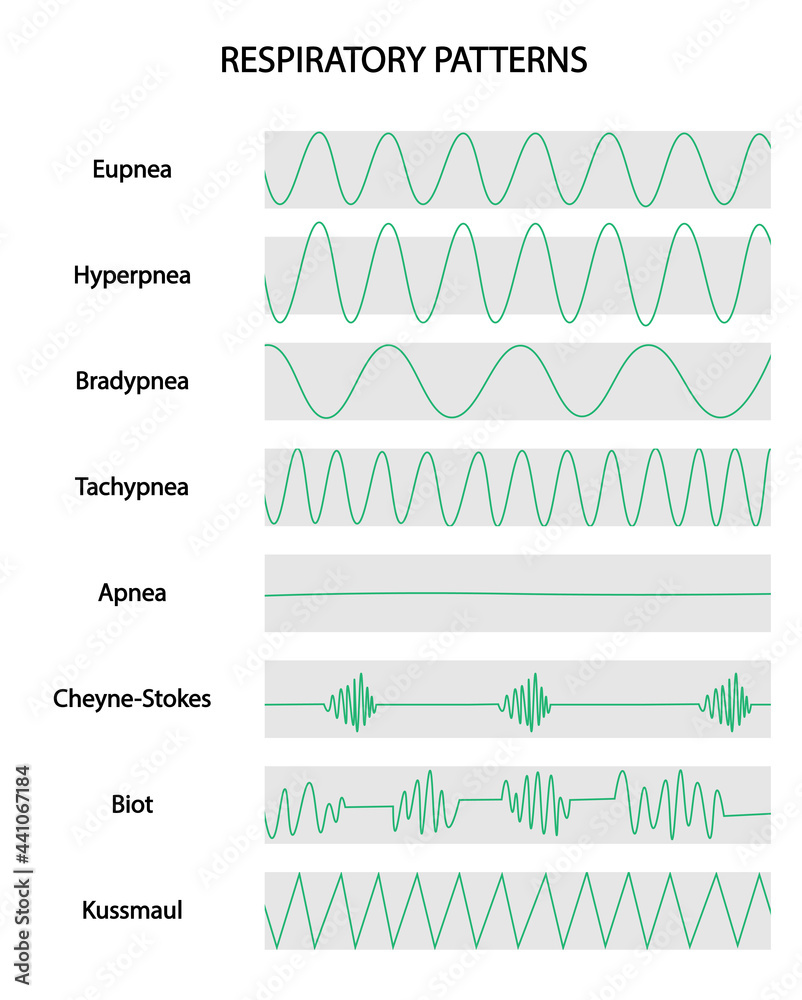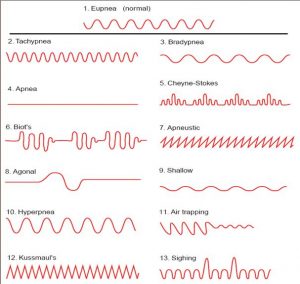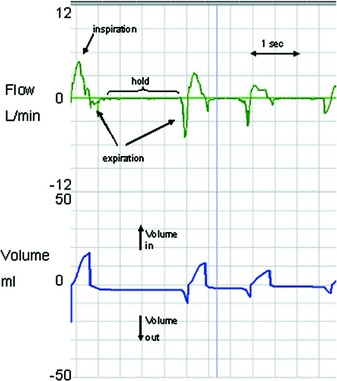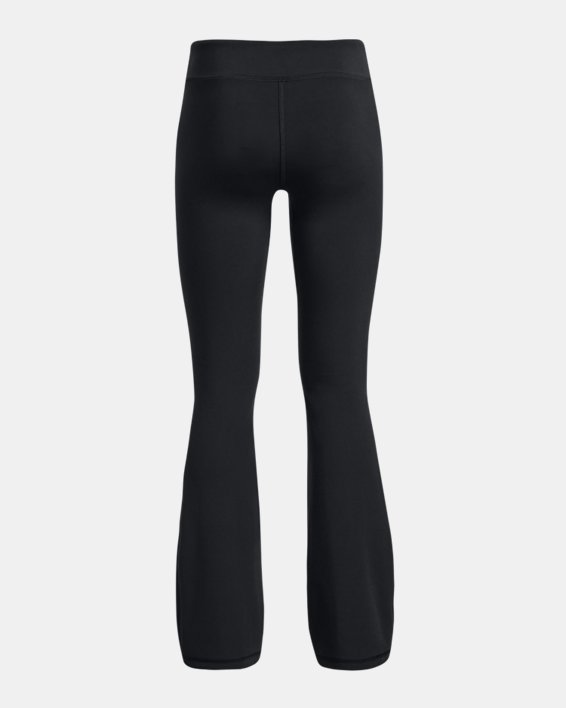Different breathing patterns wave-forms: (a) apnea; (b) tachypnea; (c)

Download scientific diagram | Different breathing patterns wave-forms: (a) apnea; (b) tachypnea; (c) hyperapnea; (d) eupnea (normal); (e) bradypnea; (f) shallow breathing; (g) Kussmaul's; (h) agonal; (i) Cheyne-Stokes; (j) sighing; (k) Biot's; (l) air trapping from publication: Deep learning for predicting respiratory rate from biosignals | In the past decade, deep learning models have been applied to bio-sensors used in a body sensor network for prediction. Given recent innovations in this field, the prediction accuracy of novel models needs to be evaluated for bio-signals. In this paper, we evaluate the | Respiratory Rate, Biosignals and Electrocardiogram | ResearchGate, the professional network for scientists.

Breathing patterns

Respiratory Disease Classification Using Chest Movement Patterns Measured by Non-contact Sensor

Non-contact Respiratory Anomaly Detection using Infrared Light-wave Sensing

Depth of breaths. A: Normal (eupnea); B: Tachypnea-increased

Breathing patterns in prepubertal children with sleep-related breathing disorders.

Respiratory patterns - wikidoc

PDF) Deep learning for predicting respiratory rate from biosignals

The waveforms of the five respiratory patterns: (a) normal respiration;
Patterns Response (Apnea, Hypopnea, Tachypnea)

Different breathing patterns wave-forms: (a) apnea; (b) tachypnea; (c)

Respiratoy Patterns. Respiratory curves of different situations. Eupnea, hyperpnea, Bradypnea, Tachypnea, Apnea, Cheyne-Strokes, Biot, Kussmaul. Stock Illustration

respiratory physiotherapy, patterns of respiration, abnormal breathing
MIMIC-II-Respiratory Signal Tracking for Test Subjects

Sensors, Free Full-Text

a) Accelerometer driven respiration and spirometer signals for Normal







